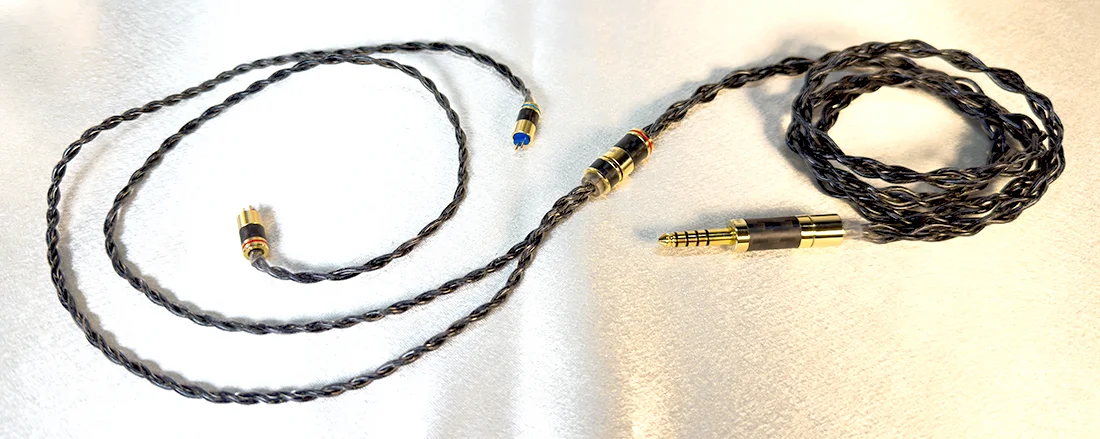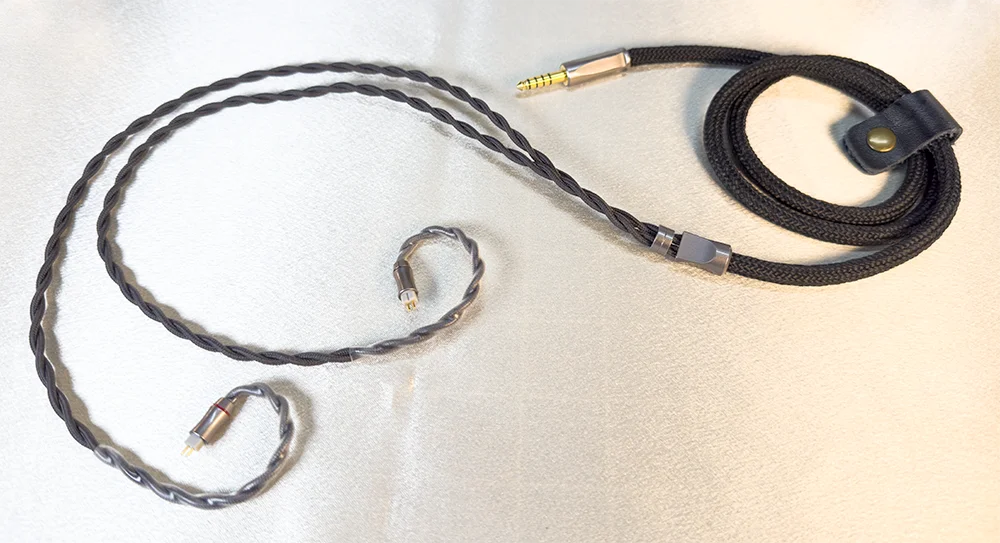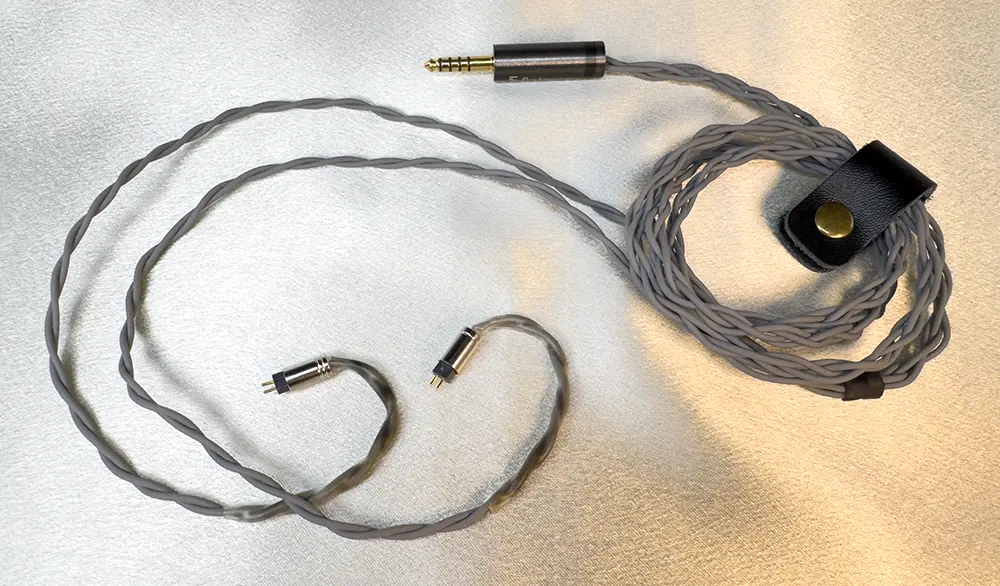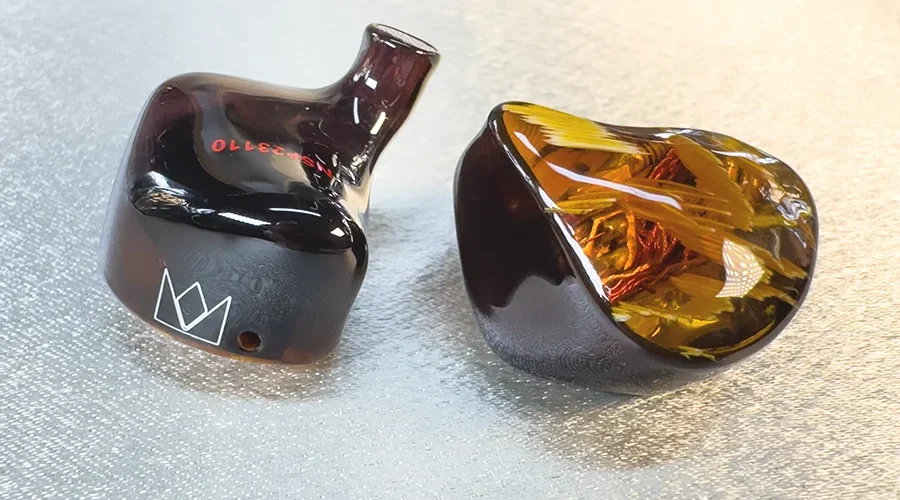Amplification Performance

I recently received a Mass Kobo 475 portable headphone amplifier and have been keen to learn how Spartacus scales with beefier amplification. Having previously owned the Aroma A100TB, ALO Audio Continental Dual Mono and demoed the Cayin C9 & Brise Audio Tsuranagi, I rate the 475 as simply the best portable amp money can buy. It’s fully balanced with 4.4mm input & output, and delivers 2.3V RMS from its’ balanced jack.
To make the test more interesting I paired the 475 with the Cayin N8ii, which already possesses one of the most impressive built-in amplifiers of any DAP on the market, and compared Spartacus’ performance from the N8ii/475 combo to the N8ii on it’s own, set to hi-gain, solid state mode with P+ enabled.
The 475 has a v-shaped tonality, so as expected it transforms Spartacus’ bass to feel much larger & more impactful, though I do feel it shift slightly towards a midbass rather than sub bass emphasis. Spartacus’ midrange doesn’t seem to be altered significantly, but treble is definitely more prominent now which is problematic given Spartacus already leaned towards brightness.
Improvements to technical performance are hugely substantial, which is where 475 comes into its own – Spartacus’ soundstage grows in both width and depth, resolution goes up dramatically with tiny nuances rendered more effortlessly, note weight increases, imaging is more precise, dynamics improve, and control during busy passages increases which helps instruments remain distinct when many are playing at once. Many of these are existing Spartacus strengths that are made even stronger.
Admittedly the N8ii isn’t the best tonal pairing given it’s already quite bright which 475 only accentuates, so a warmer source is recommended if you choose to pair a 475 amp with Spartacus. However the experiment proves Spartacus’ driver configuration (lacking dynamic or EST drivers) absolutely does not prevent it scaling massively with better amplification.
Cable Comparisons
Despite being extremely impressed with Spartacus’ stock cable I couldn’t resist testing how they paired with others in my collection.
Penon Obsidian (USD $149)

In my recent review of the Obsidian I talked about how this novel modular cable can be sonically tweaked by swapping plugs made from different materials.
With the Purple Copper plug in place the Obsidian creates a warmer sound, with a slightly narrower & flatter stage though imaging does not feel less precise. Bass impact is lower, though tonality has improved as treble feels more restrained than on the stock cable without any perceptive loss of detail.
Swapping to the Rhodium plug this feels closer to stock with added treble presence, now the stage feels slightly wider, sub bass has a bit more impact and background blackness has improved. Rhodium is my preferred plug for Spartacus though I still like the stock cable pairing better.
NiceHCK AceOrpheus (USD $260)

NiceHCK’s cheeky branding aside, I’m saddened to report this cable does not match PW Audio’s Orpheus at 4% of the price.
AceOrpheus is an interesting cable which almost has a way of slowing down Spartacus’ bass to make it feel more analogue, yet bass is definitely more impactful on the stock cable. AceOrpheus feels quite diffuse with vaguer imaging and comes across as a bit wooly, yet it does project a deeper & taller stage that can even make instruments feel larger, although treble is definitely muted.
Everything seems to tighten up going back to the stock cable which also boasts a blacker background, but AceOrpheus does create a sense of scale that’s quite unique for such a modestly priced cable – I just wish it weren’t so deficient in other areas.
Hakugei Sky-bolt (USD $884)

The Sky-bolt has been my go-to cable for enhancing IEM technical performance for some time now, so my expectations for this pairing were high.
Sky-bolt makes bass actually feel less impactful than on the stock cable, though treble feels more prominent and resolution may correspondingly be slightly higher. Dynamics are less impressive, and although the stage is deeper it doesn’t seem much wider, though Sky-bolt does provide the feeling of being seated further back from the performers.
This pairing is disappointing given the dramatic improvement Sky-bolt has made to many other IEMs, but that says something about the impressive technical performance of Spartacus’ stock cable.
PW Audio 1950s clone (USD $2149)

My DIY Cardas Clear clone of PWA’s 1950s cable is probably the best all-round cable in my collection, so I was very excited to try it with Spartacus.
Cardas Clear’s bass is slightly less impactful than the stock cable’s and overall bass feels more tightly integrated into the rest of the presentation, with a smoother tonality that’s a bit more polite. High frequencies aren’t as sharp & potentially fatiguing as they are on the stock cable either, yet resolution is actually slightly higher on the Cardas Clear – perhaps aided by its’ blacker background.
The stock cable’s stage is actually slightly wider and although Cardas Clear’s is deeper, it really doesn’t feel as though the 1950s clone has brought technical performance to a higher level across the board. I do find the 1950s clone less fatiguing, but find the more v-shaped sound of the stock cable more exciting, rendering this cable pairing less successful than its’ been with other IEMs.
Page 1 – Introduction, Packaging & Ergonomics
Page 2 – Sound Impressions & Technical Performance
Page 3 – IEM Comparisons
Page 4 – More IEM Comparisons
Page 5 – Amplfication Performance & Cable Comparisons
Page 6 – Conclusion


Comments